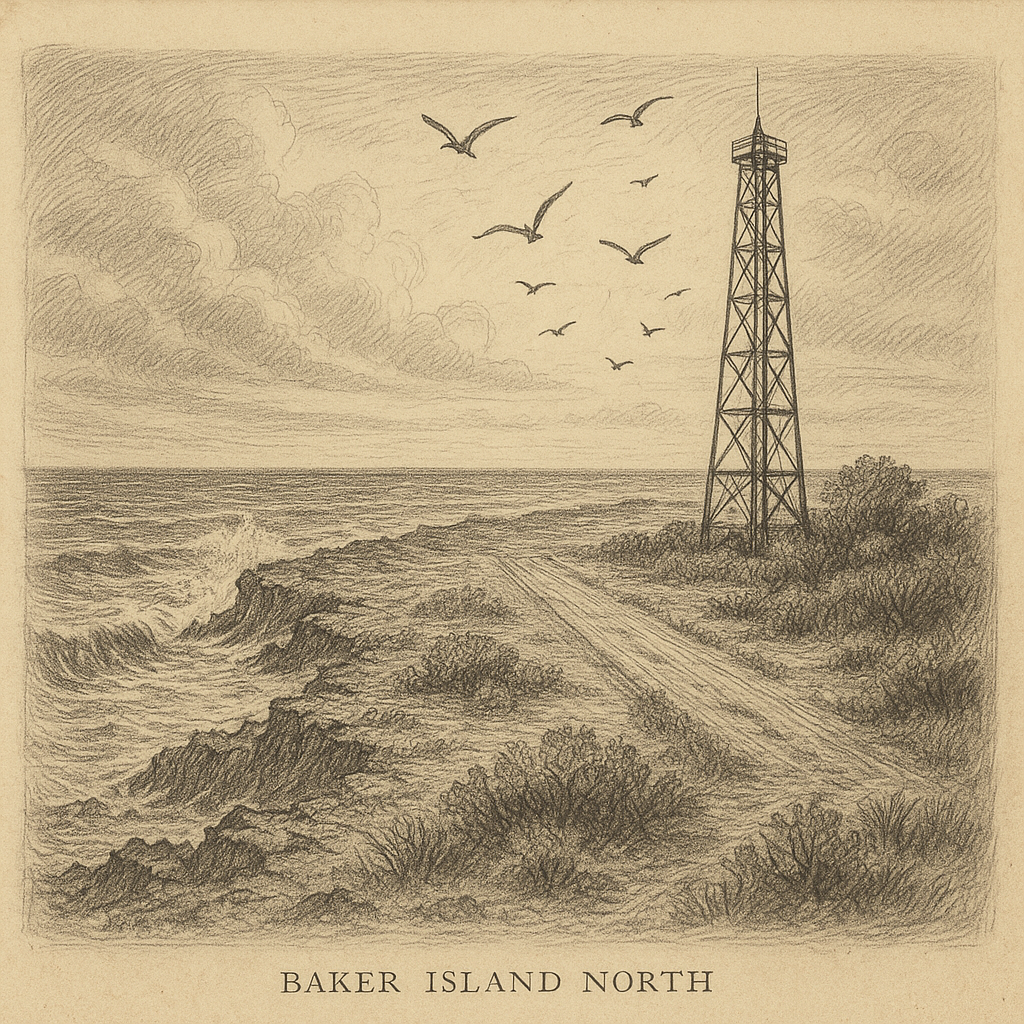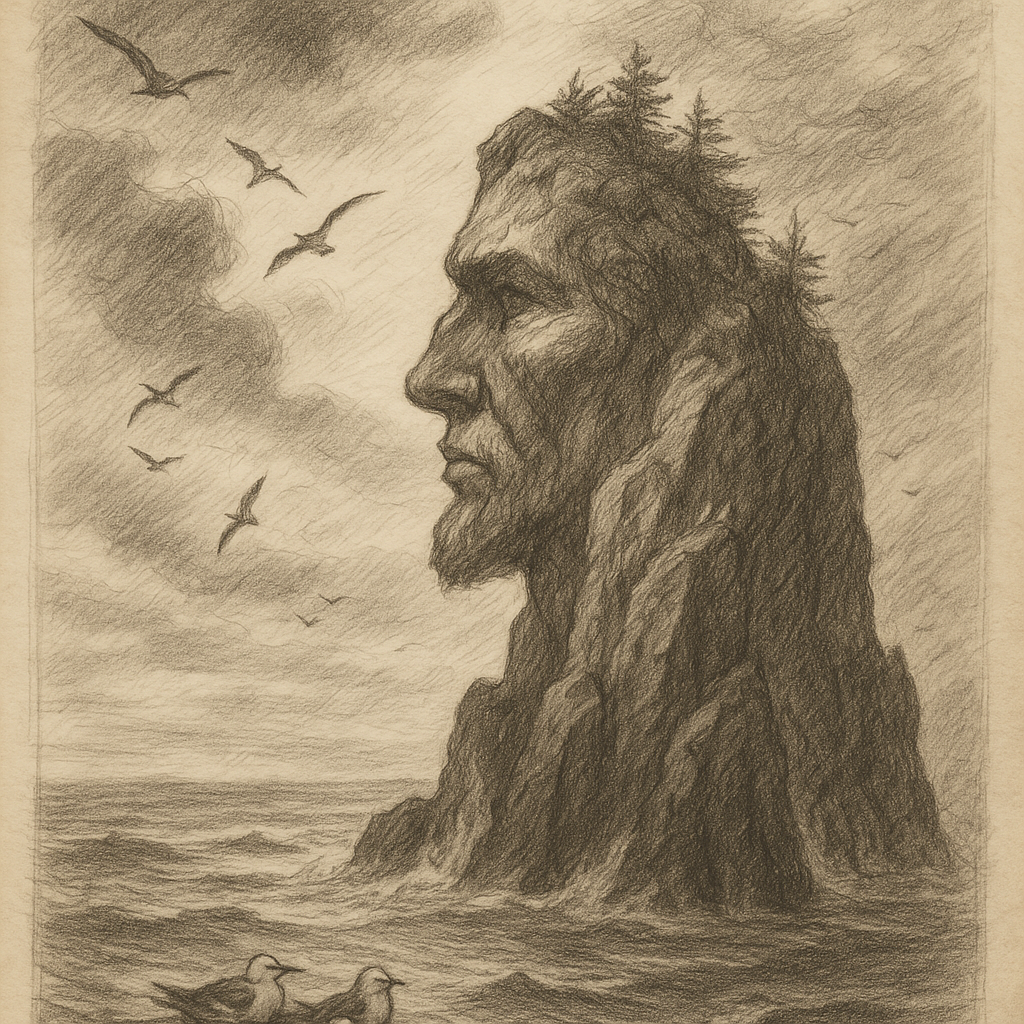Floreana Island: A Mysterious Jewel of the Galápagos
Floreana Island, also known as Isla Floreana or officially Isla Santa María, is one of the enchanting Galápagos Islands located in the Pacific Ocean, approximately 1,000 kilometers west of mainland Ecuador. As one of the southernmost islands in the archipelago, Floreana boasts a rich human history, unique endemic species, and an air of mystery that continues to captivate explorers, scientists, and travelers.
Geographical Features and Location
Floreana Island covers an area of about 173 square kilometers, making it one of the smaller major islands in the Galápagos. The island is volcanic in origin, characterized by gently sloping highlands, extinct volcanic cones, and scattered lava formations. Its elevation peaks at Cerro Pajas, which reaches 640 meters above sea level. Located southeast of Santa Cruz Island, Floreana plays a vital role in the ecology and biodiversity of the archipelago.
The island was formed by volcanic processes that began millions of years ago. Though no active volcanoes remain on Floreana today, the island’s landscape still bears the marks of its fiery origins, with crater lakes, lava tunnels, and basalt formations scattered across its terrain.
Ecology and Biodiversity
Due to its varied topography and climatic conditions, Floreana supports several distinct ecosystems, ranging from arid lowlands dotted with palo santo trees and cacti to humid highland forests. These habitats are home to a range of flora and fauna—some of which are endemic to Floreana.
Among the island’s iconic species is the critically endangered Floreana mockingbird (Mimus trifasciatus), which now survives only on nearby islets. Galápagos tortoises, once native to the island, were driven to extinction locally by early settlers and introduced species, though conservationists are working on reintroduction programs using genetically similar populations.
The surrounding waters teem with marine life, including rays, reef sharks, sea turtles, and playful sea lions. Floreana’s coral reefs and underwater volcanic structures contribute to the island’s reputation as a premier snorkeling and diving spot. The nearby islets also serve as vital breeding grounds for seabirds such as blue-footed boobies and frigatebirds.
Human History
Floreana holds a special place in Galápagos history as the first island in the archipelago to be inhabited by humans. In the early 19th century, Ecuador established a penal colony on the island. Later, European and American settlers tried their luck at building utopian communities or living solitary lives amid nature.
The most famous early settler was Patrick Watkins, an Irish sailor who was marooned on the island around 1807 and survived by trading vegetables with passing ships. In the 1930s, the island became the setting of a bizarre sequence of events involving German settlers that has remained the subject of intrigue and speculation ever since.
Today, the small village of Puerto Velasco Ibarra on the northern coast is home to a handful of residents, most of whom are involved in fishing or ecotourism. Limited resources and the fragile ecosystem mean that Floreana remains sparsely populated and tightly regulated under the Galápagos National Park and Marine Reserve policies.
Points of Interest and Attractions
Visitors to Floreana find themselves immersed in both natural beauty and historical mystique. One of the most well-known landmarks is Post Office Bay, where 18th-century whalers placed a wooden barrel to serve as a makeshift postal box. The tradition continues today: tourists leave postcards without stamps, relying on others to hand-deliver them to their destinations.
Devil’s Crown, a submerged volcanic crater just off the coast, is a world-famous snorkeling destination filled with vibrant corals and tropical fish. Meanwhile, the highlands offer a more peaceful retreat, with sites like Asilo de la Paz (Peace Haven) that house a freshwater spring, pirate caves, and remnants of early settlements.
Cormorant Point showcases a green sand beach formed by olivine crystals and a white sand beach frequented by nesting sea turtles. Nearby lagoons attract flamingos and other wading birds, making it a paradise for birdwatchers.
Interesting Facts About Floreana
Floreana stands out among the Galápagos Islands for several fascinating reasons:
– It was the first of the Galápagos Islands to be colonized by humans.
– The original species of Floreana tortoise was declared extinct in the mid-19th century due to overexploitation by sailors and the impact of introduced species like goats and rats.
– Conservation efforts on the island are among the most complex in the archipelago, aiming to restore damaged habitats and reintroduce lost species.
– Floreana’s human population is committed to sustainable living, with a strong emphasis on ecological farming, marine stewardship, and conservation tourism.
– The island has one of the oldest standing traditions in the archipelago with its quirky postal system at Post Office Bay.
Legends and Mysteries
Few places in the Pacific are as shrouded in mystery as Floreana Island. In the early 1930s, a series of European settlers arrived with dreams of paradise, including a German doctor and his companion, a young couple seeking adventure, and an Austrian baroness who planned to open a luxury hotel. Tensions flared among the small community, resulting in one of the most enigmatic episodes in the island’s history.
Suddenly, the baroness vanished under unexplained circumstances, along with one of her companions. The doctor died under mysterious conditions, and the remaining settlers left the island shortly thereafter. Theories range from love triangles and betrayal to murder and misadventure, but the truth remains unknown. This story was later documented in books and films, most notably the documentary “The Galapagos Affair: Satan Came to Eden.”
These legends, combined with the island’s isolation and raw natural beauty, continue to draw the curious and the romantic alike, creating a timeless allure that defines Floreana to this day.
Visiting Floreana Today
Modern access to Floreana Island is limited and regulated to protect its delicate ecosystem. Small tour boats from Santa Cruz offer day trips or overnight visits, though accommodations are minimal and rustic. Permits and national park guides are required for all visitors, ensuring that tourism aligns with strict environmental standards.
Volunteers and researchers sometimes live on the island for short periods, supporting conservation programs under the National Park and Charles Darwin Foundation. Those who do make the journey are rewarded with an intimate glimpse into an island where history, mystery, and nature exist in a delicate and mesmerizing balance.
Floreana remains one of the least developed, yet most captivating, of the Galápagos Islands—a true testament to the power of isolation, resilience, and wonder.


